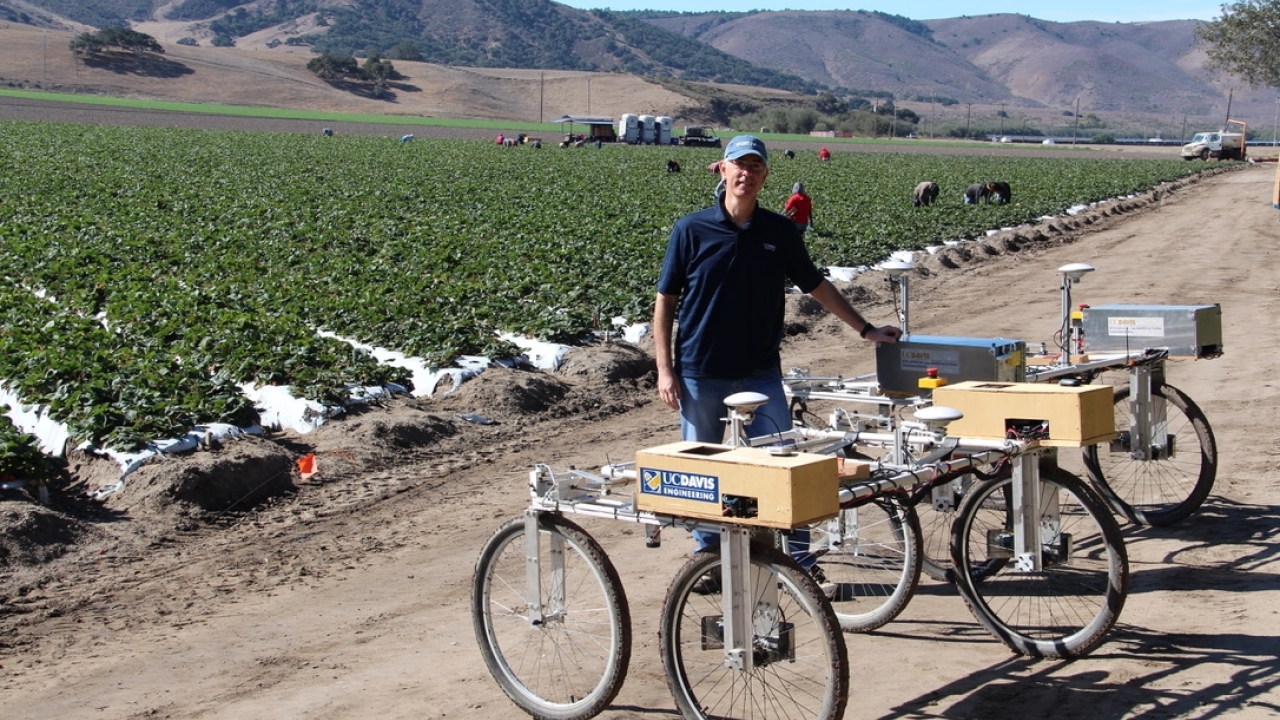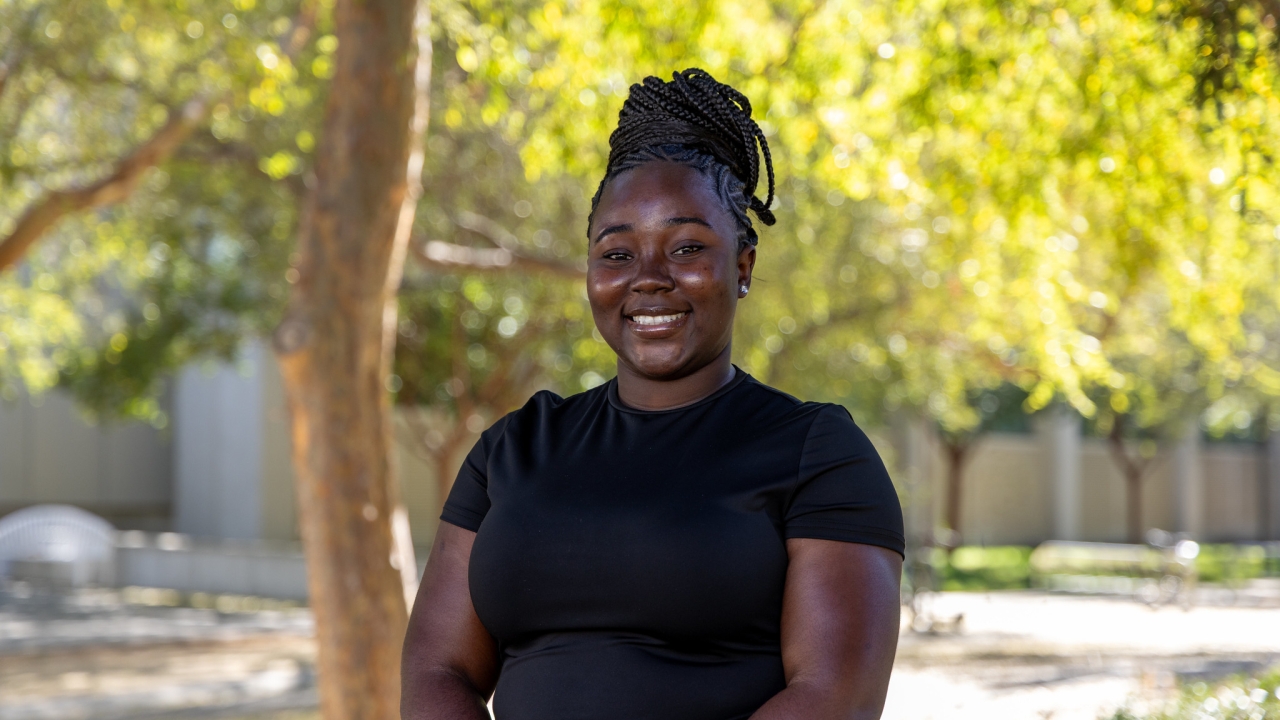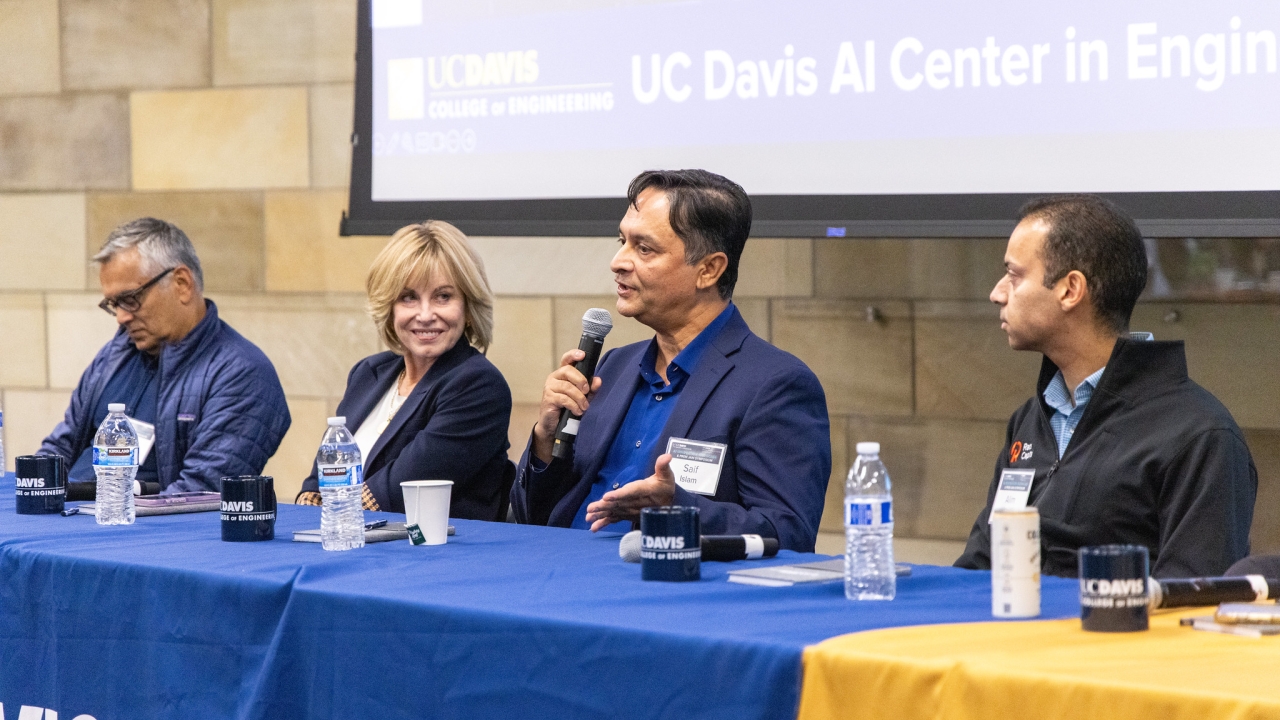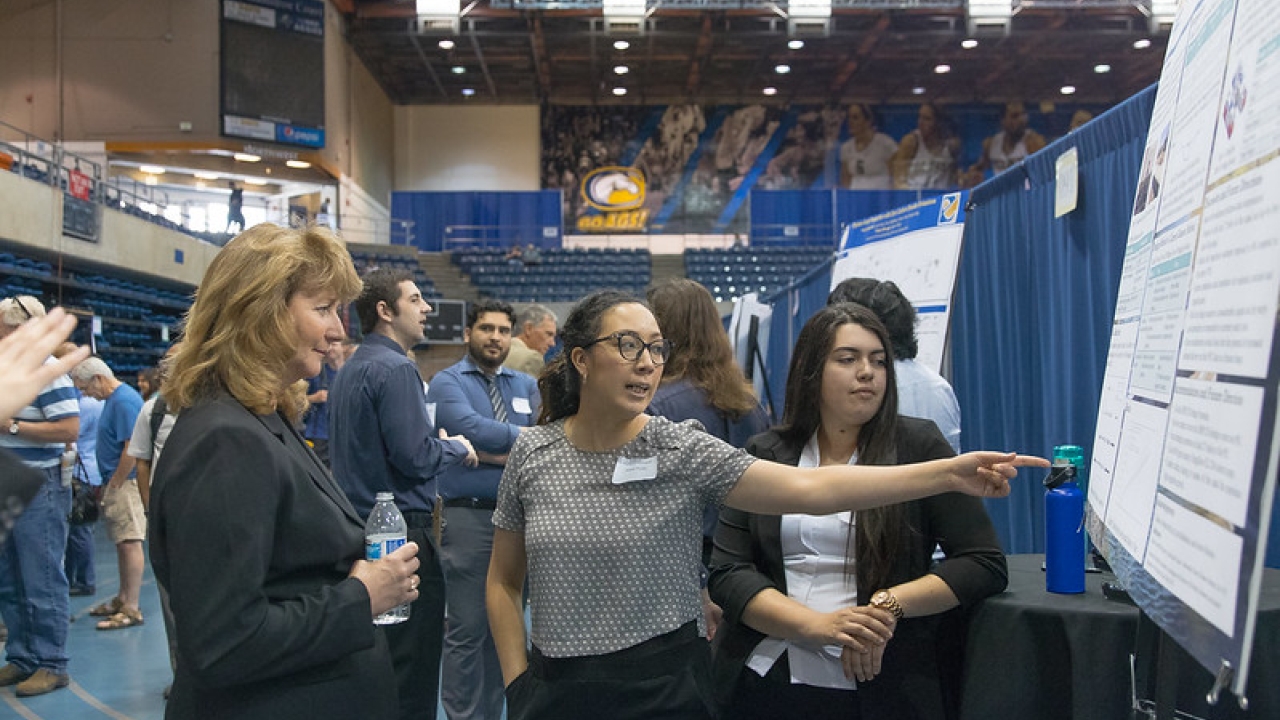
College of Engineering’s 2021 Virtual Design Showcase
By Rachel Steere and Noah Pflueger-Peters
The Engineering Design Showcase is the culminating experience for graduating seniors. This event brings together project teams from all eight departments for an opportunity to share their design projects with their peers, professors and the public. This year, the College of Engineering will host the showcase virtually on the college’s website on June 3, 2021. About 130 design teams and engineering clubs have signed up to share their efforts with industry partners, alumni and the campus community.
Evaluators will provide feedback on elements such as the team’s ability to identify, formulate and solve an engineering problem, as well as the team’s skills in communication, teamwork and adherence to current engineering standards and techniques. They will have an opportunity to review the abstracts, posters and any additional media to make evaluations. This feedback is central to the showcase and the college thanks the companies, corporations and individuals who have generously supported and volunteered their time for this event.
If you would like to visit the virtual showcase, please email engineeringevents@ucdavis.edu to get a password, or click here for more information.
A look at some of this year’s project teams:
Oculus Mouse: A VR System for Rodents
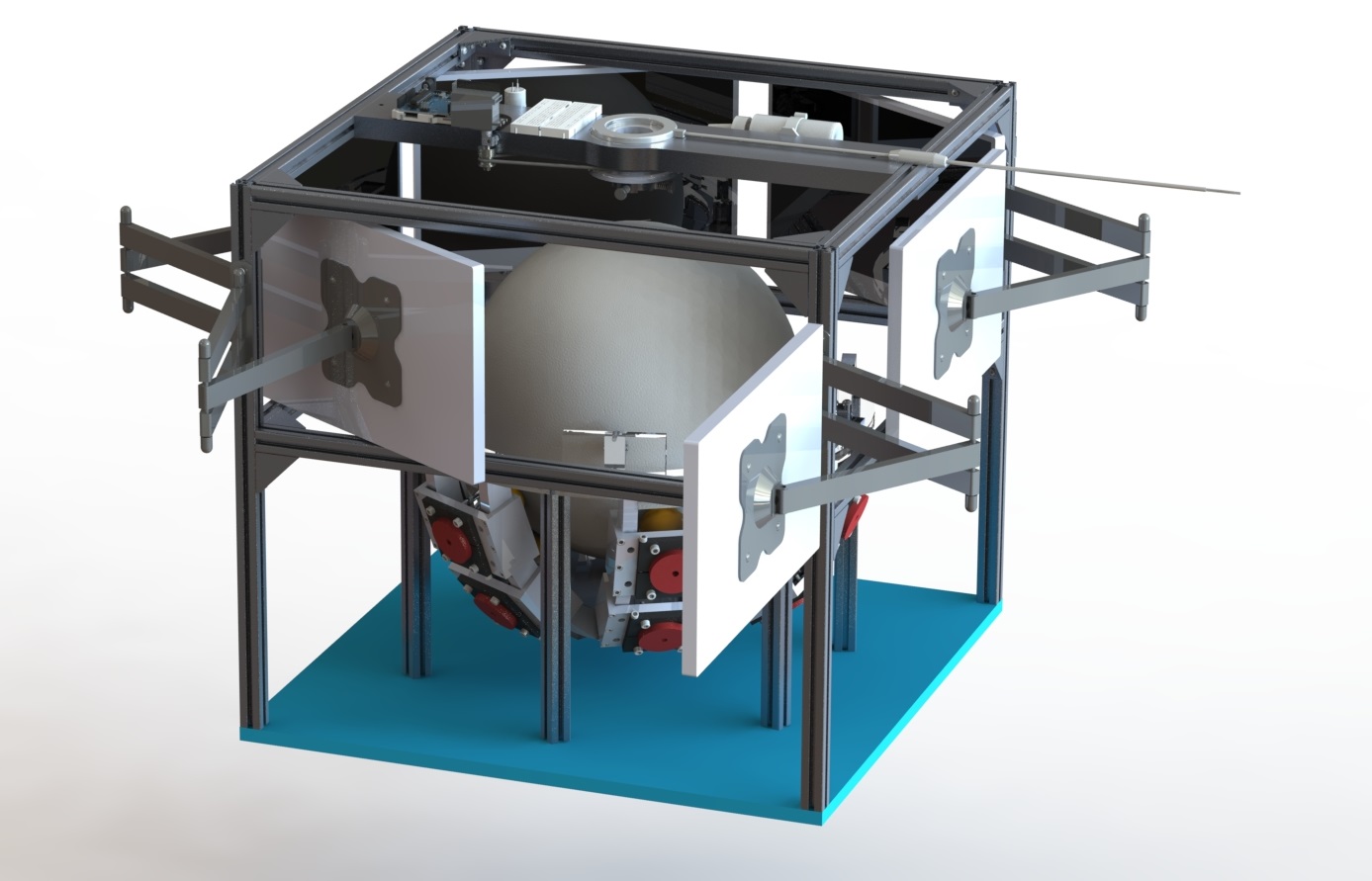
Kyle Gamelin, Amy Phan, Tara Soudbakhsh, Jonathan Chuck, Nicolas Ventura, Nadaa Moharram – Mechanical Engineering
In current rotational-head fixation systems that study brain imaging and the link between brain activity and mice behavior, mice are fixed and cannot move. This may alter how the brain reacts to the environment. Other systems allow mice to move freely and are equipped with microscanners. However, the precision of the microscanners is lacking. Therefore, electrical and computer engineering Professor Weijian Yang requested a system where mice have a greater degree of freedom without sacrificing accuracy.
The improved method would allow the mouse to experience natural movement by turning its head, while also using the rigid system of microscopes and scanning equipment. This team of students proposed to have the mouse immersed in a virtual reality scene, being able to move in all directions, while only allowing the mouse to rotate its head side-to-side. This type of system would theoretically produce higher quality scans.
Freeway Redesign: Yolo 80 Corridor

Abraham Lee, Jessafye Garcia, Manuel Telles, Ruben Sobreya, Jordan Villaros – Civil Engineering
Anyone who has driven between Davis and Sacramento on the I-80 freeway knows how congested traffic can get during peak hours. This year’s transportation section of civil engineering students looked at redesigning the portion of the freeway between Richards Blvd. in Davis and West Sacramento to alleviate congestion and improve traffic flow.
The team designed three potential solutions—converting one lane into an HOV (carpool) lane, adding axel restrictions on certain lanes and constructing a fourth lane. They then conducted a cost-benefit analysis of each one, looking at the potential benefits, the design’s impact on traffic flow and vehicle miles traveled, noise and light disturbance, as well as the environmental impact on the local ecosystem.
A Smart Pet Collar, iCollar
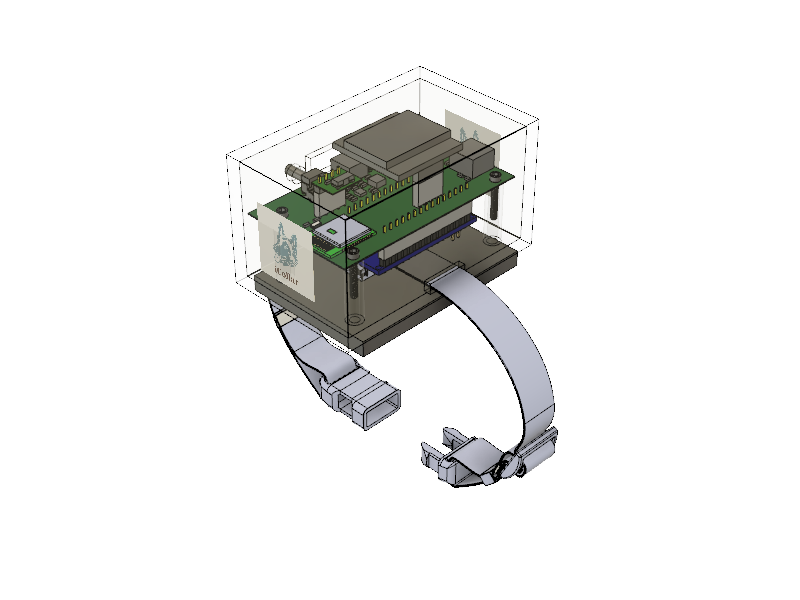
Siyao Zheng, Christian Gonzalez, Gerardo Ruiz-Rodriguez, Gurjot Singh, Ashishpal Mattu – Electrical and Computer Engineering
In order to avoid the tragedy of lost pets, a team of electrical and computer engineering students sought to build a smart pet collar with a GPS positioning system that can track the movement of the pets and give a warning to the owner when it exceeds a certain range. The current model of the project fits into any pet collar. The team developed an app that alerts owners on their cell phones once their pet has left the house and are in danger. Through the iCollar app, you can quickly locate your pet and bring them home. Also, the pet collar has the ability to function through solar power or the built-in battery.
Merry Moo Meats: Facility Design and Technoeconomic Analysis of Cultured Meat

Doniya Ahabchane, Darrel Chiou, Thomas To, Ankia Varma – Chemical Engineering
Traditional meat production can be detrimental to the environment and may not be able to keep up with growing meat consumption, so meat grown from cell cultures is a promising alternative. The Merry Moo Meats team therefore designed their own theoretical cultured meat biomanufacturing facility to produce a cultured ground beef alternative from bovine embryonic stem cells, made of 80 percent muscle cells and 20 percent fat cells.
They performed a full technoeconomic analysis of the facility, evaluating its economic, environmental, health and safety feasibility, as well as its profitability. They also identified some of the bottlenecks facing the industry’s development and recommended technological solutions to focus on to make the industry more viable, such as encouraging other companies to develop large-scale protein production processes.
Recirculating Washing System for Oiled Wildlife Relief
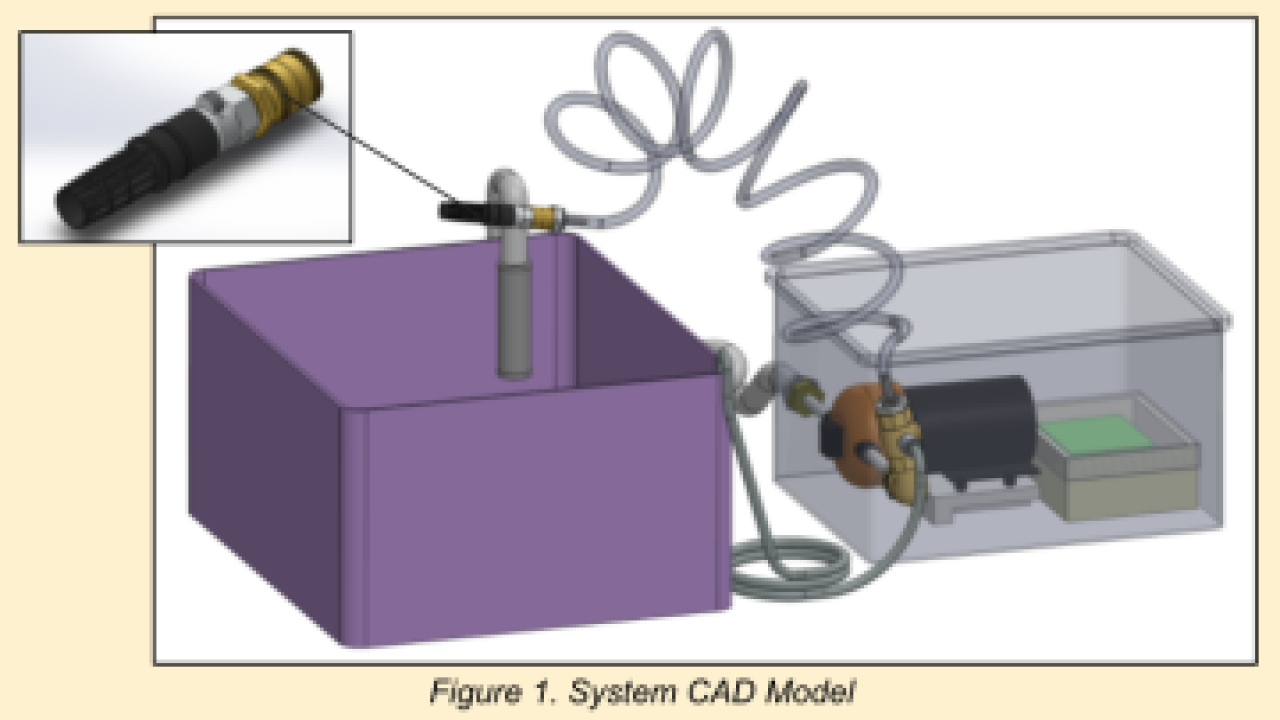
Jonathan Bryant, Sean Cooper, Nicholas Dang, Jordan Ellering, Jenna Koermer, Carlos Leon – Mechanical Engineering
This project came from the Oiled Wildlife Care Network at UC Davis and seeks to improve the livelihood of birds affected by oil spills. This is achievable through an improved washing process to rehabilitate oiled birds back to health and restore their feathers’ waterproof structure. The current cleaning process involves more than an hour of manual labor to remove oil with dish soap and multiple tubs of water which induces increased stress for the birds, resulting in a high mortality rate, possible physical injuries and psychological damage.
This team has designed a single-handed, operable nozzle output connected to a diaphragm pump powered by a rechargeable battery. This device will have its own water intake filter that can be placed into any existing tub currently used to wash oiled birds to recirculate the soapy water. The pump and its battery are housed together in a waterproof compact casing to prevent any electrical issues and protect the user from possible electrocution. The nozzle has a simple, adjustable flow and is lightweight to relieve strain caused from washing birds for long hours at a time. Ultimately, this system will aim to greatly reduce stress and more efficiently clean the oiled bird in a shorter amount of time, which in effect will ensure a healthy future for the bird and the whole ecosystem.
Ohmu’s Legs

Nayif Aladulkareem, Rakan Alhossan, Mohammed Alsultan, Amna Bin Ghelaita, Joshua Lu – Mechanical Engineering
This team of mechanical engineers helped design the moving leg mechanisms for an exhibition vehicle that looks like an ohmu, a fictional creature from the movie Nausicaä of the Valley of the Wind. The crustacean-like creatures have a series of front legs protruding from their shell that help them move, and it was the team’s responsibility to analyze this motion and create a real-life mechanical version. Though the leg linkages are not load-bearing, the team had to design them to be easy to manufacture and durable so they work during loading and unloading, as well as when people handle and operate them.

